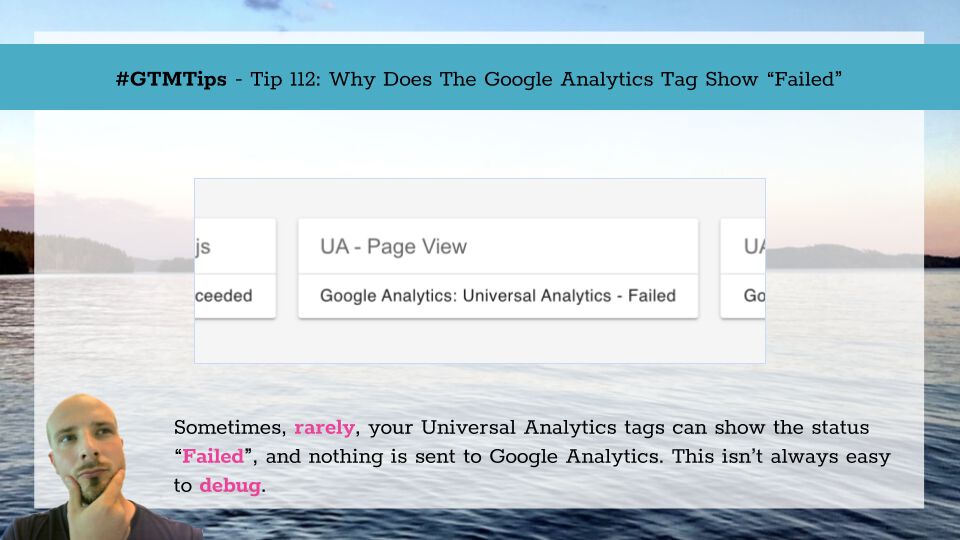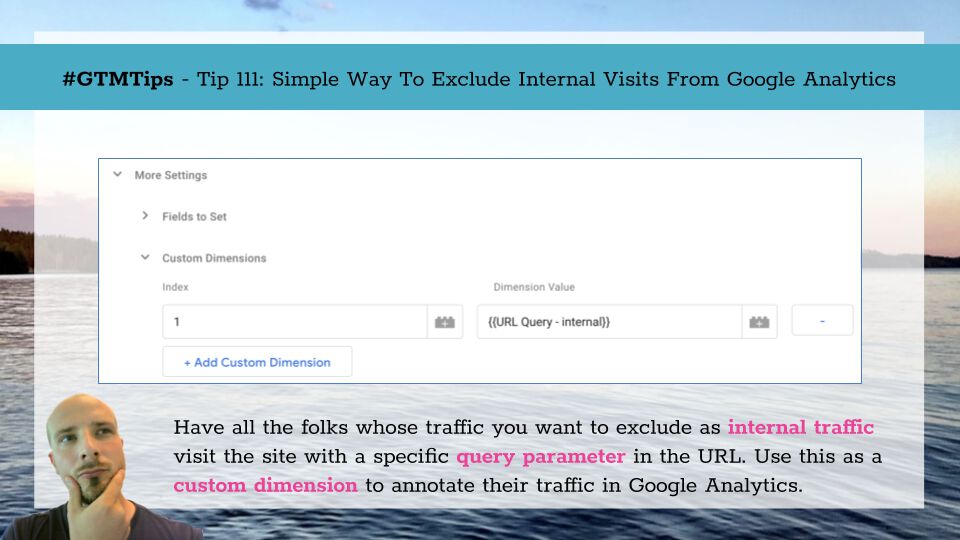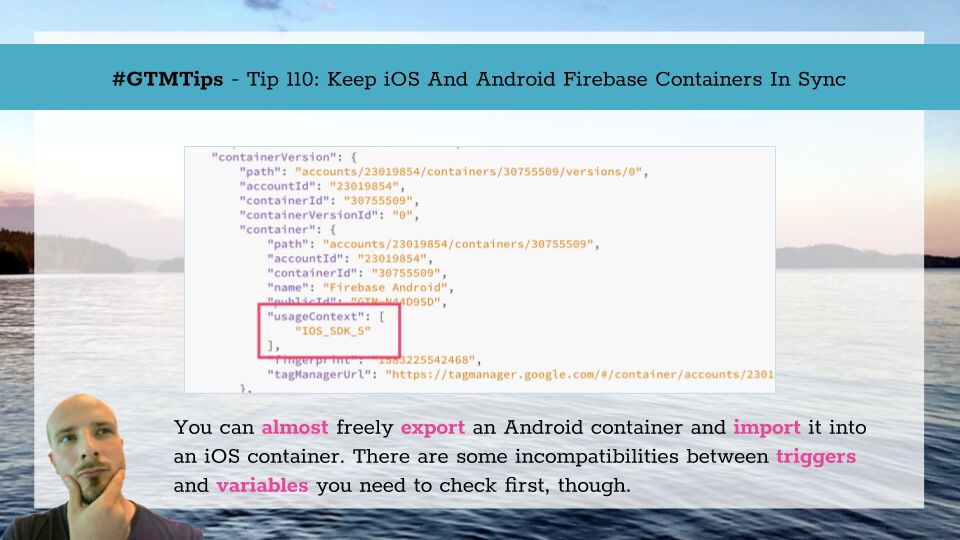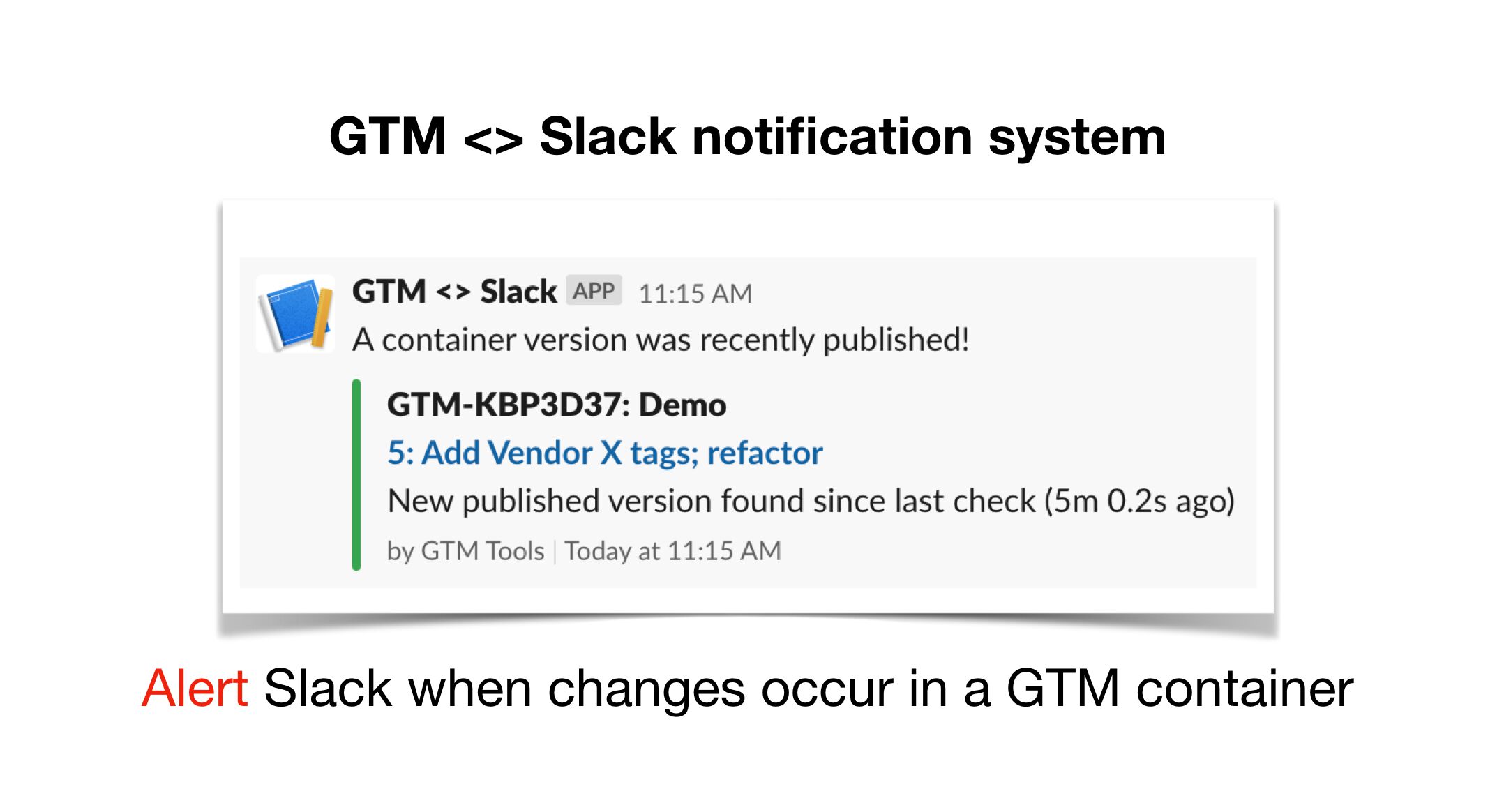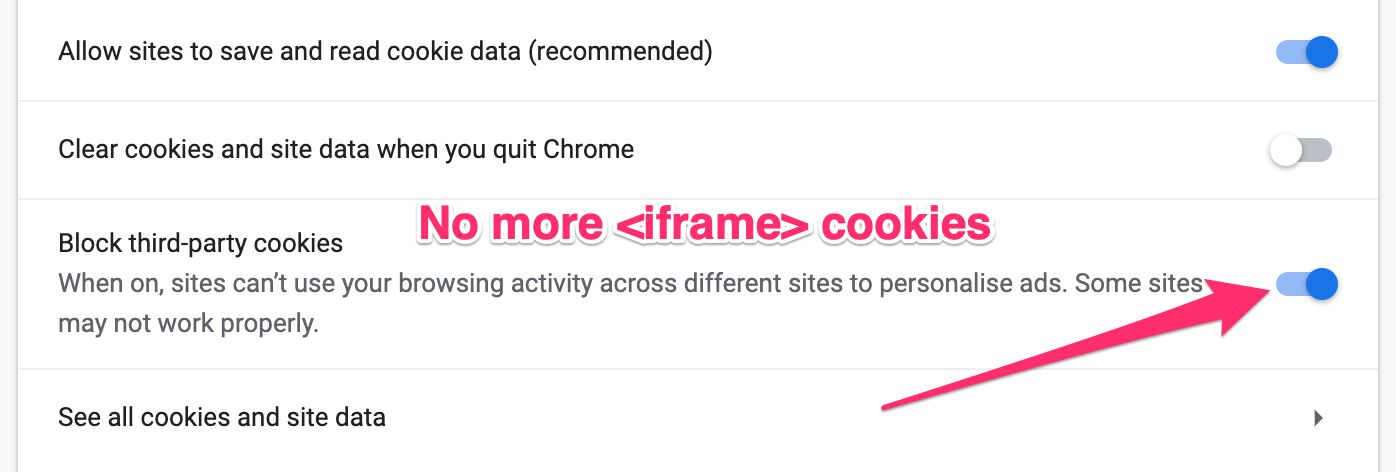I’ve covered the more pervasive issue with tags not firing in Google Tag Manager in my article on the “Still Running” status. However, there’s an additional problem you might face with Google Analytics: tags that show status Failed, and which refuse to send any data to Google Analytics.
There are a couple of possible reasons for this, and we’ll explore them in this article.
Note that any tag type in Google Tag Manager can signal Failed.
